
Transparency Reveals Hidden CFD Secrets
Do you find that visual elements in your Computational Fluid Dynamics (CFD) simulations sometimes obscure the areas where you would like to see your results? If so, then let transparency reveal the hidden secrets within your results.
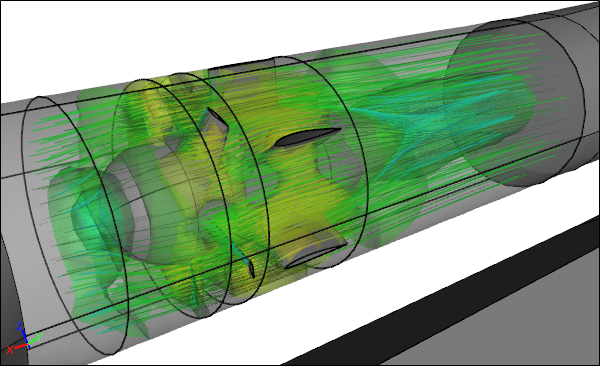 CFD Simulation Results Revealed by Transparency
CFD Simulation Results Revealed by Transparency
I define transparency as a level somewhere between totally transparent and totally opaque. The level of transparency you choose is something you will want to experiment with for best effect. There are three main categories where transparency can help you better reveal your CFD results.
Surfaces
Often you will want to retain some surfaces to give context for the flow path through a CFD simulation. By making these 'context' surfaces transparent you can retain them in a ghost-like outline and reveal the otherwise hidden details of the fluid visualization within. Transparent surfaces are often useful for enhancing internal flow visualization.
 Opaque SurfacesBefore transparency
Opaque SurfacesBefore transparency
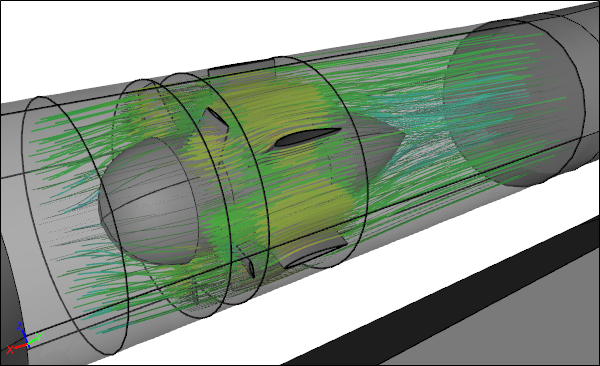 50% Transparent SurfacesAfter transparency
50% Transparent SurfacesAfter transparency
Streamlines
Densely packed streamlines can sometimes appear like an impenetrable melee of spaghetti. By making the streamlines transparent you can provide an effective visualization that obscures neither the streamlines nor the underlying geometry. Transparent streamlines are particularly useful for external aerodynamics visualizations.
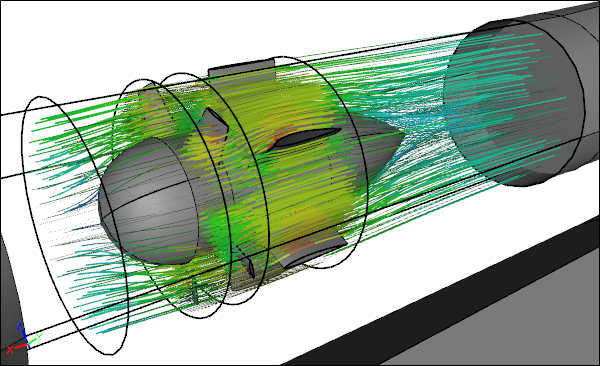 Opaque StreamlinesBefore transparency
Opaque StreamlinesBefore transparency
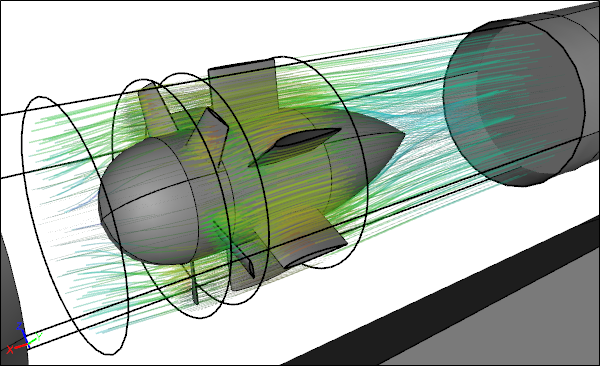 50% Transparent StreamlinesAfter transparency
50% Transparent StreamlinesAfter transparency
Iso-surfaces
Iso-surfacing is a volume visualization technique (analogous to contours on a surface) that typically produces layers within layers that are difficult to see without using transparency. Both internal and external flows can be enhanced with transparent iso-surfaces.
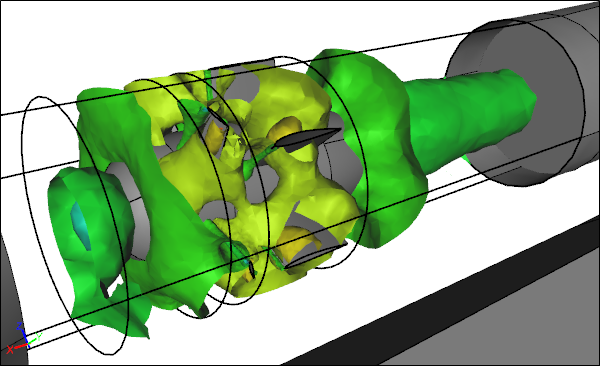 Opaque Iso-SurfacesBefore transparency
Opaque Iso-SurfacesBefore transparency
 50% Transparent Iso-SurfacesAfter transparency
50% Transparent Iso-SurfacesAfter transparency
Notes
- In Caedium transparency is controlled by the Results->Finishes->Finish tool. For more details see our tip "Visual Finish."
- For more details on the simulation used in this post see "CFD Simulation of a Racecar in a Wind Tunnel."
Recent blog posts
- CFD Simulates Distant Past
- Background on the Caedium v6.0 Release
- Long-Necked Dinosaurs Succumb To CFD
- CFD Provides Insight Into Mystery Fossils
- Wind Turbine Design According to Insects
- Runners Discover Drafting
- Wind Tunnel and CFD Reveal Best Cycling Tuck
- Active Aerodynamics on the Lamborghini Huracán Performante
- Fluidic Logic
- Stonehenge Vortex Revealed as April Fools' Day Distortion Field
